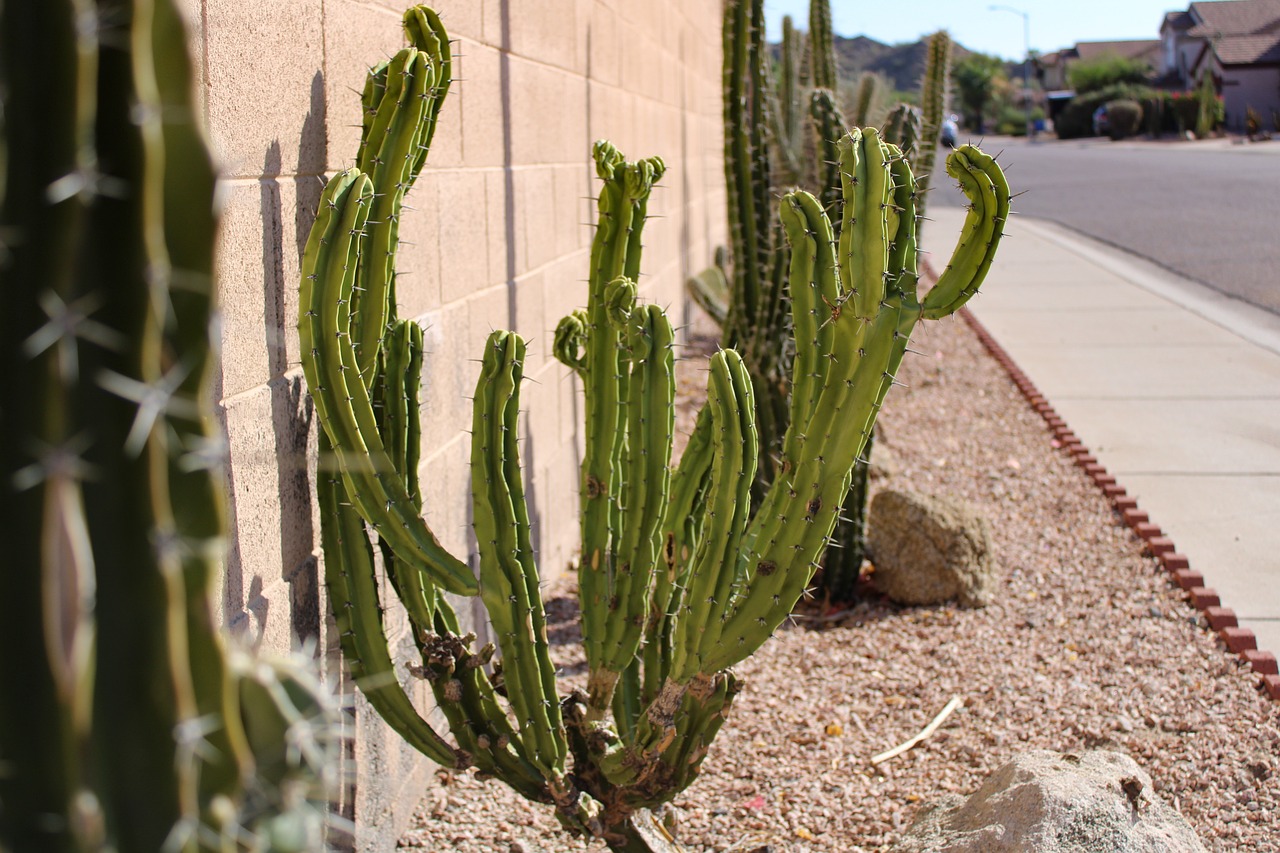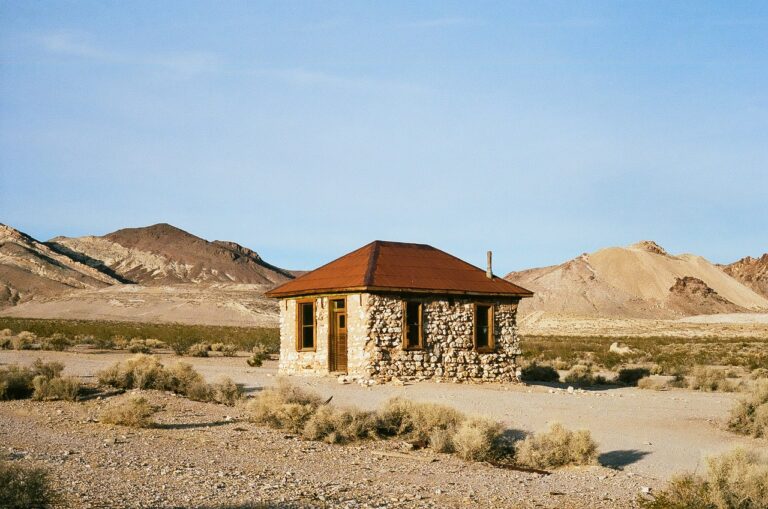Tips for Choosing the Right Kitchen Backsplash
Choosing the right kitchen backsplash can be a daunting task, as there are so many options available in the market. Your kitchen backsplash plays a crucial role in not only protecting your walls from splashes and stains but also in enhancing the overall aesthetic appeal of your kitchen. In this article, we will provide you with valuable tips for selecting the perfect kitchen backsplash that suits your style and budget.
Consider Your Kitchen Style
Before choosing a kitchen backsplash, it is essential to consider the overall style of your kitchen. Are you going for a modern look, a traditional style, or a transitional design? Your backsplash should complement the existing aesthetics of your kitchen to create a cohesive and harmonious look.
Think About Maintenance
Another crucial factor to consider when selecting a kitchen backsplash is maintenance. Some materials require more upkeep than others. For example, natural stone backsplashes may need to be sealed periodically, while glass or ceramic tiles are relatively low maintenance. Make sure to choose a material that fits your lifestyle and maintenance preferences.
Choose the Right Material
There are various materials to choose from when it comes to kitchen backsplashes, such as ceramic tiles, glass tiles, subway tiles, natural stone, stainless steel, and more. Each material has its pros and cons in terms of durability, aesthetics, and cost. Consider the advantages and disadvantages of each material before making a decision.
Color and Pattern
The color and pattern of your kitchen backsplash can significantly impact the overall look of your kitchen. Lighter colors can make a small kitchen feel more spacious, while darker colors can add warmth and sophistication. Patterns such as subway tiles or hexagonal tiles can create visual interest and texture in your kitchen.
Consider Budget
It is essential to establish a budget before selecting a kitchen backsplash. Some materials, such as natural stone or custom-designed tiles, can be quite expensive, while ceramic or glass tiles are more budget-friendly options. Determine how much you are willing to spend on your backsplash and explore cost-effective alternatives that still offer style and quality.
Measurements and Layout
Before purchasing your kitchen backsplash materials, make sure to take accurate measurements of the area you wish to cover. Consider the layout of your kitchen, including the placement of appliances, cabinets, and countertops. Determine how many square feet of material you will need to purchase to avoid running out or ending up with excess material.
Installation Considerations
Lastly, think about the installation process of your kitchen backsplash. Some materials may be more challenging to install than others, requiring professional help. If you are planning a DIY installation, make sure to choose a material that is easy to work with and follow installation instructions carefully to achieve a professional-looking result.
FAQs (Frequently Asked Questions)
In this section, we provide answers to some common questions about choosing the right kitchen backsplash.
Q: How do I choose the right size for my kitchen backsplash?
A: The size of your kitchen backsplash will depend on the area you wish to cover. Measure the space from countertop to cabinets and consider the height of your backsplash. Most standard backsplashes are about 18 inches high, but you can adjust the size according to your preferences.
Q: What is the most durable material for a kitchen backsplash?
A: Natural stone such as granite or marble is considered to be one of the most durable materials for a kitchen backsplash. It is resistant to heat, stains, and scratches, making it an excellent choice for a high-traffic kitchen.
Q: Can I mix different materials for my kitchen backsplash?
A: Yes, you can mix and match different materials for your kitchen backsplash to create a unique and personalized look. For example, you can combine glass tiles with ceramic tiles or mix and match colors and patterns to add visual interest to your kitchen.
Q: How do I clean and maintain my kitchen backsplash?
A: The cleaning and maintenance of your kitchen backsplash will depend on the material you choose. Generally, a mild detergent and water solution can be used to clean most backsplashes. For natural stone backsplashes, it is essential to use a specific cleaning solution to prevent damage to the material.
Q: Can I install a kitchen backsplash myself?
A: Yes, you can install a kitchen backsplash yourself, especially if you choose materials such as peel-and-stick tiles or ceramic tiles that are easy to work with. Make sure to follow installation instructions carefully and use the right tools and techniques for a professional-looking result.
By considering your kitchen style, maintenance requirements, material choice, color and pattern, budget, measurements, layout, and installation considerations, you can choose the perfect kitchen backsplash that enhances the beauty and functionality of your kitchen space.







